QuestionMy family currently owns a 4 month old male Husky named Aries. We bought him when he was 10 weeks old and he was our first dog so even though we were told it is best to buy two Huskies, we were unsure of whether we could handle two, let alone one. Things have worked out great with Aries, he is extremely smart and affectionate and is a great addition to our family. Now that Aries has adjusted well to our family, we would like for him to have a companion and have found another male husky for sale who was born only 3 days after Aries. Aries tends to try to be dominant with every dog he meets, and we would like to know the best way to bring this new husky into our home and to get them to get along well. Any other tips about raising two huskies would be appreciated as well. Thank you.
AnswerTwo Sibes is often an easier situation than just one, so it is a good idea. Some caution for you about Aries:
1) Opposite sex pairings usually work better than same sex. You have a male dog, the best advice would be to get a female dog, especially if Aries is already dominant.
2) You will notice marking behavior developing if you haven't already - this will only increase with the addition of another dog (and moreso if it is male). Stay vigilant to make sure he's not marking inside your house. Outside, that's his call :p
As for introductions, I've found with younger dogs who've had proper socialization (doesn't go nuts seeing another dog - well, maybe other than to play) the best way to introduce new dogs is simply let them meet in a somewhat neutral setting. Often times, if a dog has free run of the backyard but not the front yard, the front yard makes a perfect spot. Then, after the dogs have greeted each other, bring them in the house together and things are usually pretty good. Let the dogs figure their own order out, and if there's growling and barking or anything like that, let it be. Your only job is if it gets violent, step in if one dog is not defending itself and the other dog continues the attack. Minor scuffles are normal, and your job is to seperate but not dictate in these situations. Here's an excerpt from another response that might help you out too:
When the dogs fight, you have a difficult job to do. It is good that the dogs get into it every once in a while to establish there own hierarchy and if one dog becomes dominant, it is not your job to change it. However, as a leader, your job is to assure the safety of each member of the "pack" and in that case, you must protect the dogs. If the fight becomes overly violent or one dog has clearly submitted and the other keeps up the attack, your job is to be swift and clean separation. Isolate the aggressor and usually a quick grab by the scruff of the neck and a verbal reprimand are sufficient. Then, make sure the agressive dog is isolated from the pack for a few. This is less punishment and more time to cool down. Your other job - check the submissive dog for injuries, but otherwise, pretend nothing has happened. This is to prevent the dog from thinking that if it is submissive all the time, you will save it. Instead, the dog should learn to respect that you will protect him, but at the same time, he gets no benefit from it.
Also, one other thing to note - dogs often do better with the introduction of puppies as opposed to adults. 4 months is still pretty young, so it won't matter too much, but we got our second dog (who was 8 weeks old), when our first was 5 months old and there wasn't a problem at all. Instead, the older dog took to caring and looking out for the younger puppy. It's often times very instinctual in dogs that are pack-orientated.
Hope that helps some and feel free to write back with any questions or other concerns.

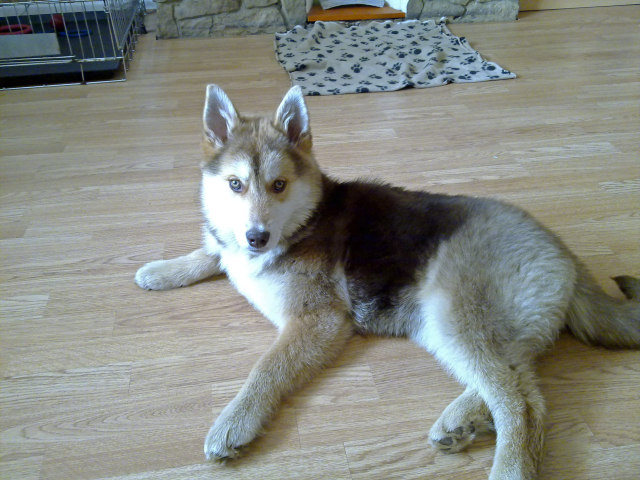 my husky colour
Question
mecca
hi i have recently got my husky mecca. s
my husky colour
Question
mecca
hi i have recently got my husky mecca. s
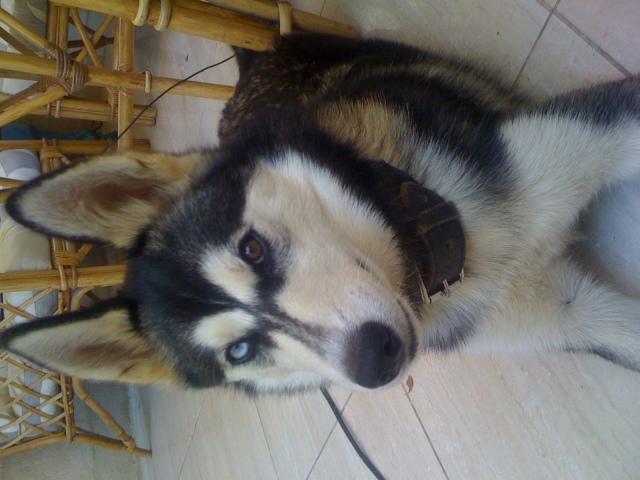 coming when called
QuestionQUESTION: hi, i have a female husky that is app
coming when called
QuestionQUESTION: hi, i have a female husky that is app
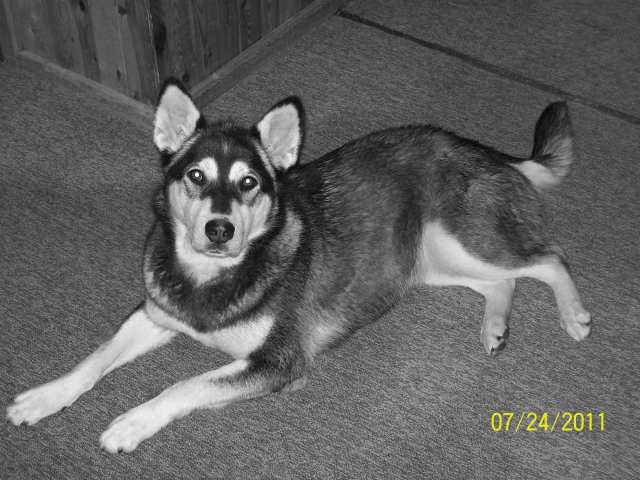 Pregnancy
Question
Diamond in black and w
Is it possible f
Pregnancy
Question
Diamond in black and w
Is it possible f
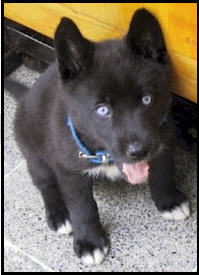 Crate Training a 7wk old Husky mix pup
QuestionHusky look-alike from
QUESTION: Weve re
Crate Training a 7wk old Husky mix pup
QuestionHusky look-alike from
QUESTION: Weve re
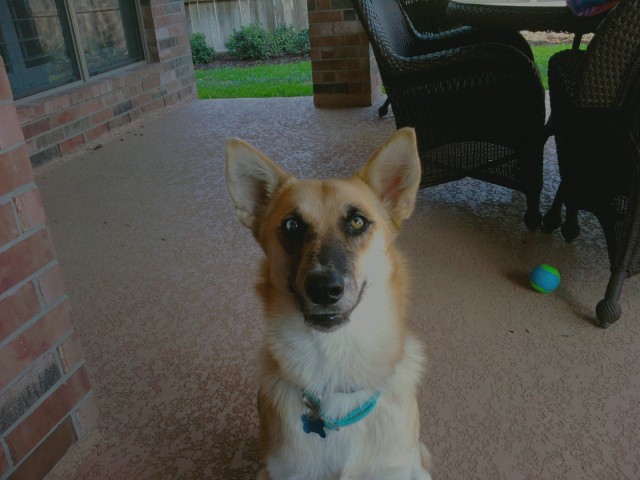 Wondering if my rescued husky mix is not a mix
Question
Ace
I adopted a 7 month old rescue abou
Wondering if my rescued husky mix is not a mix
Question
Ace
I adopted a 7 month old rescue abou